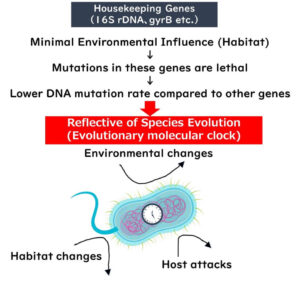Understanding the unique characteristics of Gram-negative and Gram-positive bacteria is essential for professionals and enthusiasts in food microbiology. This page explores their structural differences, environmental preferences, and implications for food safety. Learn how these bacteria thrive in various conditions and how they influence foodborne illnesses, hygiene practices, and more.
Introduction: The Impact of Rainy Seasons on Bacterial Growth
During the rainy season, puddles form in various locations. Interestingly, raindrops themselves contain no bacteria unless mixed with dust or dirt. However, once rainwater accumulates on the ground to form puddles, bacterial growth accelerates. For instance, when I analyzed the bacterial count in empty bottles exposed to rain, I detected 2 × 10⁵ cfu (colony-forming units) per milliliter of water. This rapid growth is likely due to bacteria utilizing trace organic matter on bottle walls.
These puddles often form in shaded areas, such as roadside shoulders, terraces, and plant surfaces, where Gram-negative bacteria, known as water-loving aquatic bacteria, thrive. These bacteria prefer moist environments, unlike their Gram-positive counterparts, which are better adapted to dry conditions.

Gram-Negative Bacteria: Masters of Moist Environments
Gram-negative bacteria, including Escherichia coli and Salmonella, are commonly found in wet areas. During the rainy season, they adhere to surfaces such as shoe soles and are transported to puddles or humid soil. Their survival rate is significantly higher in these environments compared to dry surfaces.
These bacteria pose a notable risk of secondary food contamination in wet environments. For example, members of the Enterobacteriaceae family, like Escherichia coli, thrive in spills, puddles, and even water residues found in food factories after cleaning. Proper hygiene and effective cleaning practices are essential to prevent the spread of these bacteria.

Gram-Positive Bacteria: Survivors of Dry and Harsh Conditions
On the other hand, Gram-positive bacteria have evolved thick cell walls, allowing them to endure dryness and rapid temperature changes. Originating from marine environments, they adapted to land-based conditions, giving rise to resilient species like Staphylococcus epidermidis and Bacillus subtilis.
Certain species, such as Clostridium botulinum and Clostridium perfringens, produce heat-resistant spores, showcasing their remarkable evolutionary traits. These bacteria are more likely to survive in dry environments, such as factory surfaces, where their robust cell walls offer protection.

Visualizing Bacteria: Seaweed vs. Land Trees
To better understand the differences between Gram-negative and Gram-positive bacteria, consider the metaphor of seaweed versus land trees:
- Seaweed (Gram-negative): Flexible, with a slimy mucous membrane that serves as a chemical barrier against harmful substances in water.
- Land trees (Gram-positive): Sturdy and adapted to harsh, dry environments, with thick cell walls providing physical strength.
This metaphor highlights the contrasting adaptations of these bacteria. While Gram-negative bacteria rely on their outer membrane as a chemical shield, Gram-positive bacteria depend on physical resilience. Such visualizations help beginners grasp these structural differences more effectively.

🏠 Master Page: Gram Staining and Microbial Properties: A Comprehensive Overview

